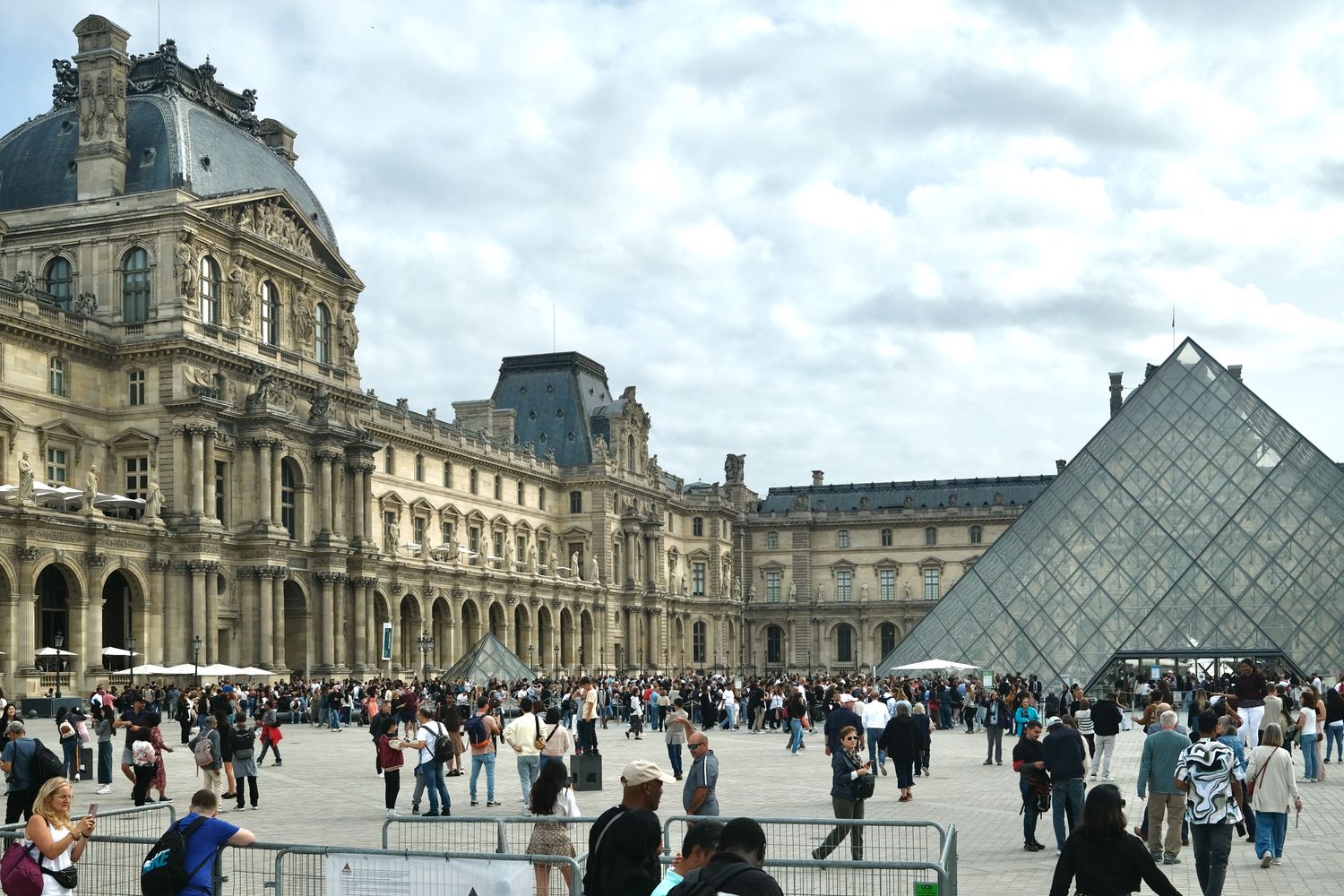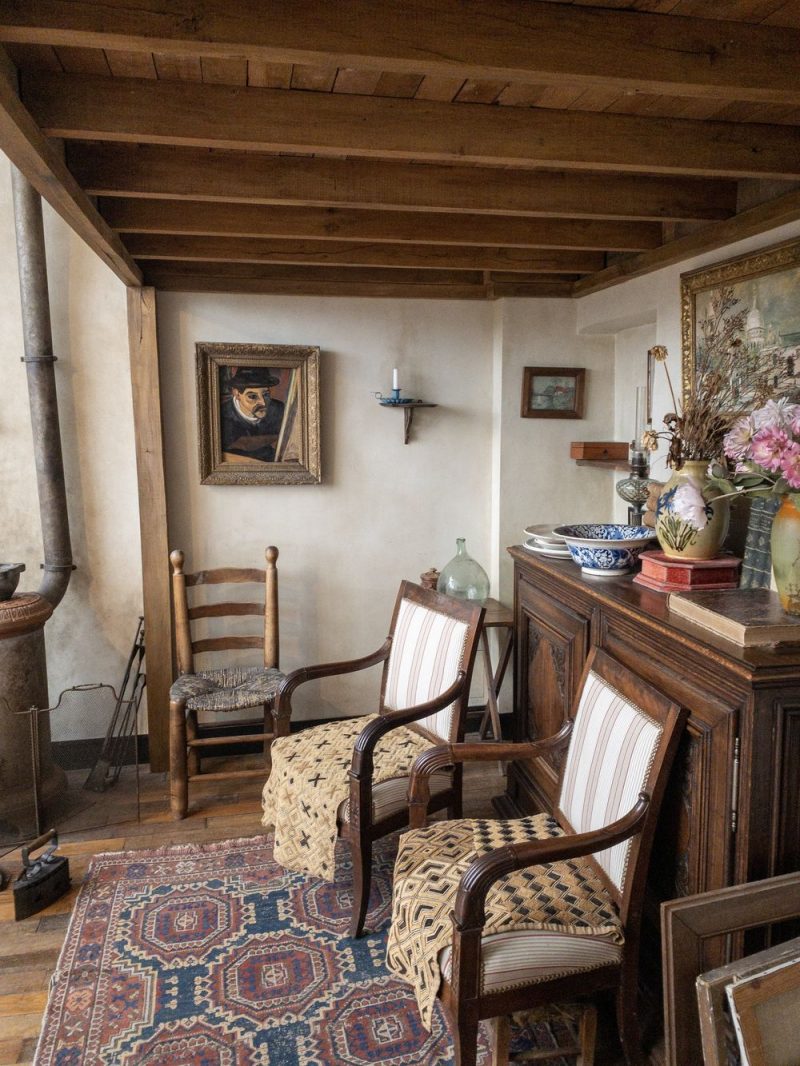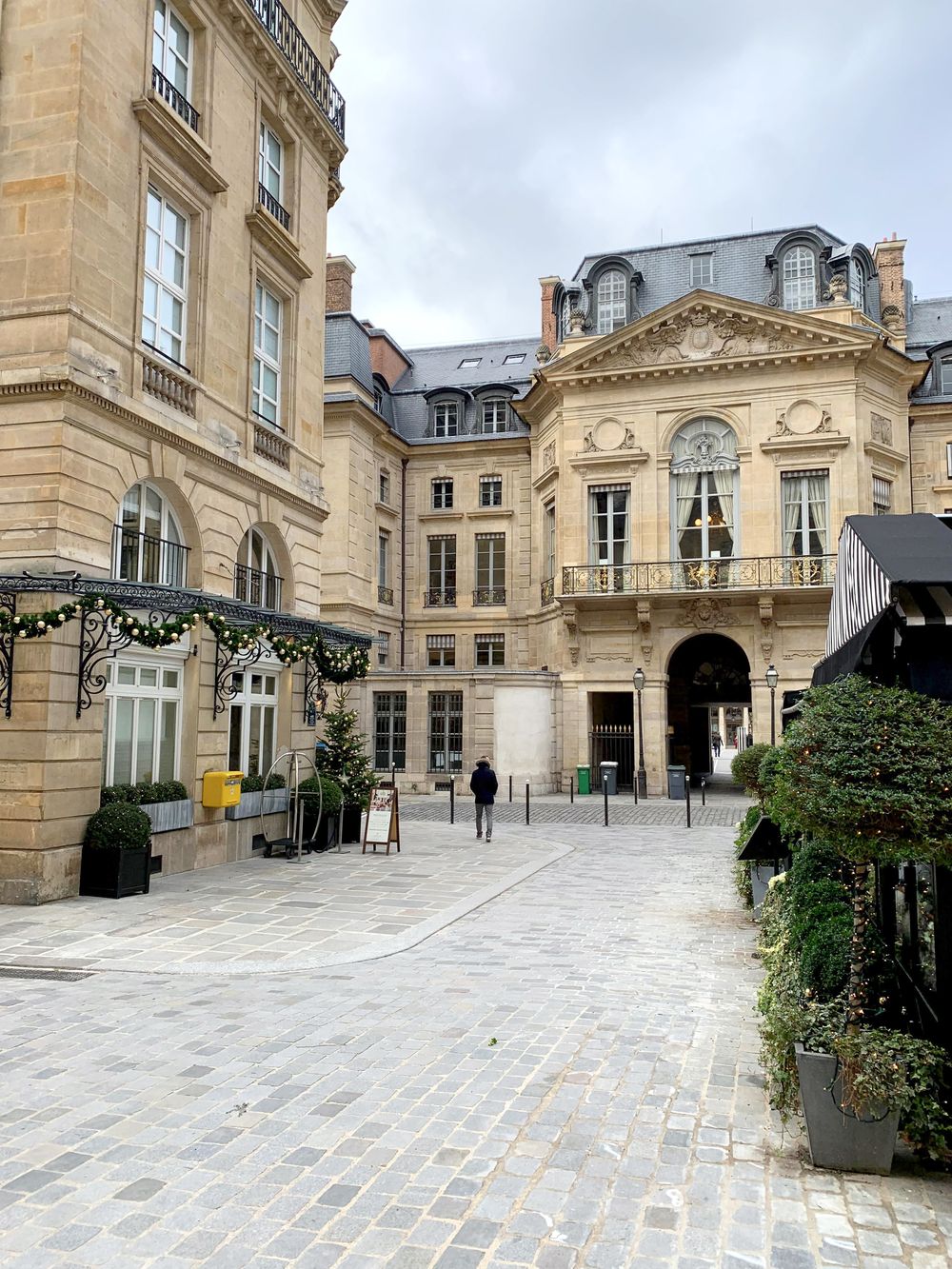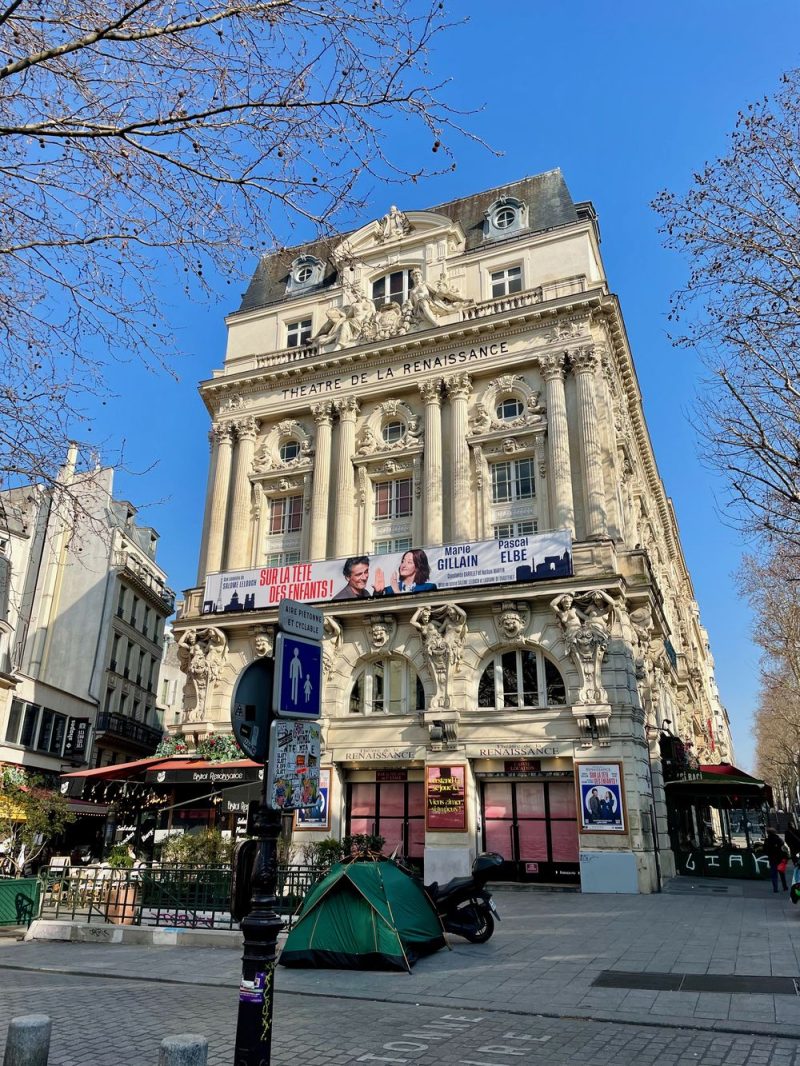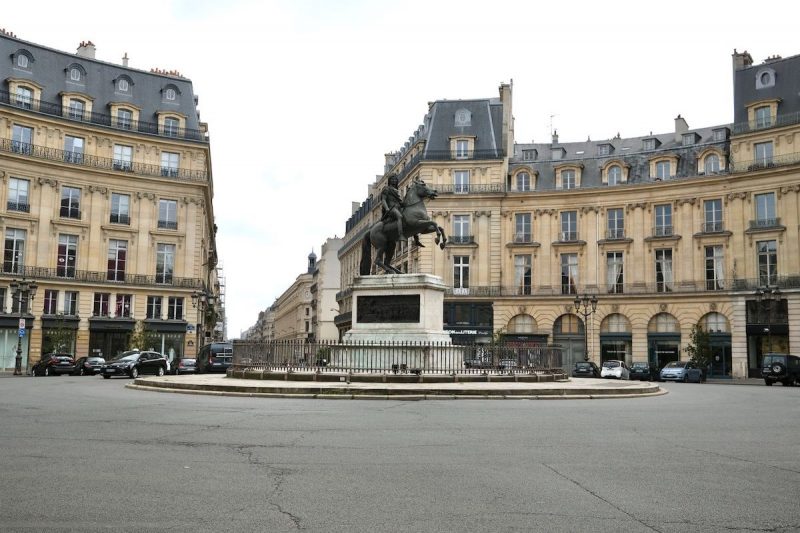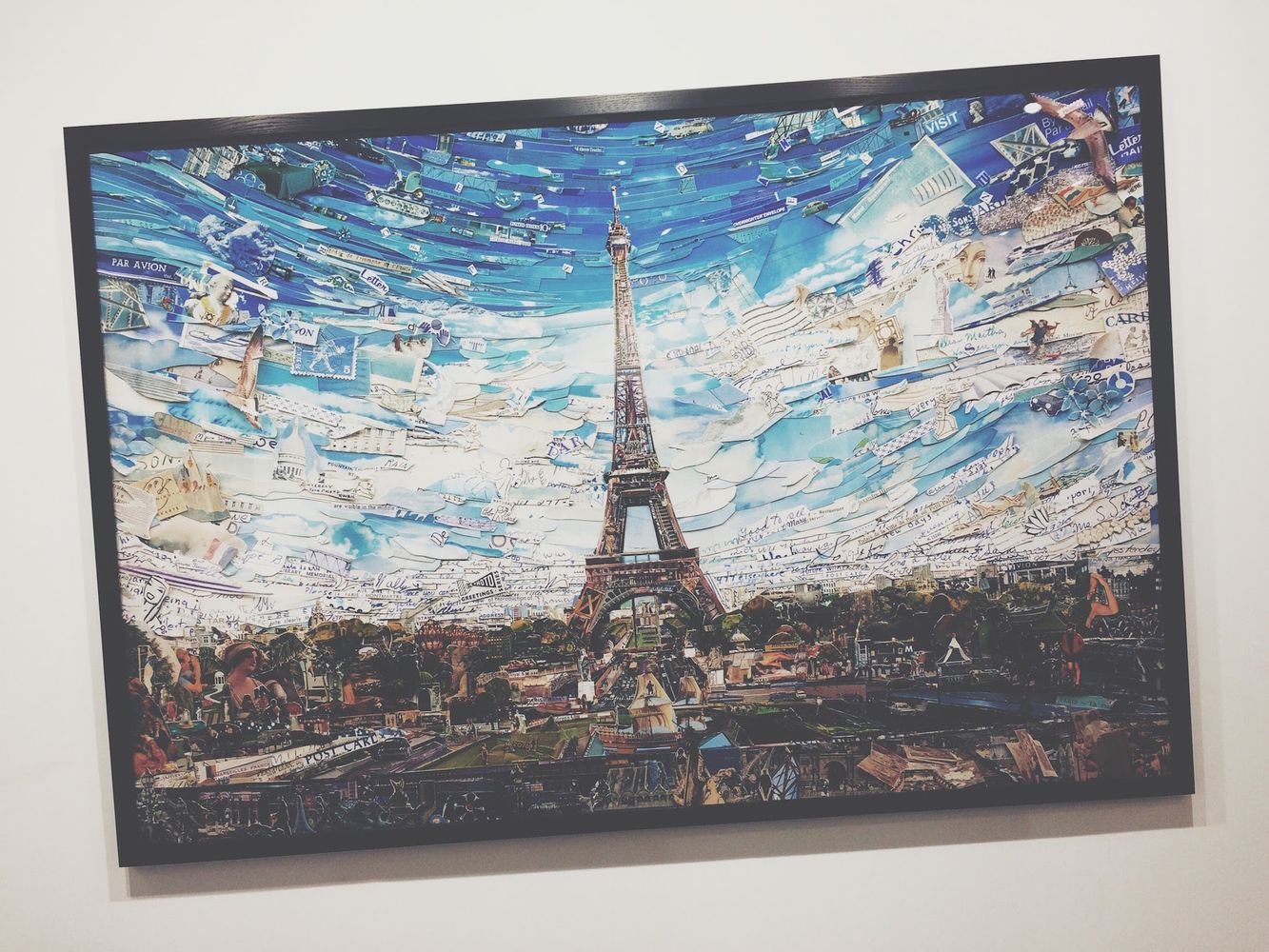The Revolutionary History Behind the Louvre Museum of Paris
Culture Travel may earn a commission through links on this website. As an Amazon Associate, we earn from qualifying purchases.
The Louvre Museum, located in Paris, France, is one of the world’s largest and most visited art museums, renowned for its extensive collection spanning thousands of years and various cultures. Its history is rich and multifaceted, closely tied to the evolution of Paris itself.
Originally built as a fortress in the late 12th century under King Philip II, the structure was constructed to defend Paris from the Anglo-Norman invasion. Remnants of this medieval fortress can still be seen in the museum’s basement. In the 14th century, Charles V transformed the fortress into a royal residence, initiating the evolution of the site from a military stronghold to a cultural hub.
In the 16th century, during the reign of Francis I, the Louvre began its transition into a true art museum. Francis I was a patron of the arts and collected works by Italian masters such as Leonardo da Vinci, and it was under his reign that the construction of the Renaissance-style palace began. The building underwent several renovations and expansions over the ensuing centuries, especially during the reign of Louis XIV, who moved his court to Versailles, leaving the Louvre primarily as an art gallery.
The Louvre opened to the public as a museum in 1793 during the French Revolution, when the artworks from the royal collection were seized and made available to the people. This was a significant shift in its purpose, marking the beginning of its role as a national museum. Many artworks were added to the collection, including the masterpieces from the royal collections and those acquired through various means, including conquests and donations.
The architectural aspect of the Louvre transformed dramatically over the 19th and 20th centuries, including the iconic glass pyramid designed by architect I. M. Pei, which was inaugurated in 1989 as the museum’s main entrance. This modern addition brought a contemporary element to the historic space, symbolizing the museum’s blend of the old and the new.
Today, the Louvre houses over 380,000 objects, including works such as the “Mona Lisa,” “Venus de Milo,” and “Winged Victory of Samothrace.” The museum’s layout spans various wings, such as the Denon, Richelieu, and Sully wings, each showcasing different periods and styles of art.
The Louvre’s extensive collection, combined with its historical significance and architectural grandeur, makes it a central landmark not only in Paris but in the global art community.
The Louvre Museum is located at Rue de Rivoli, 75001 Paris, France.
